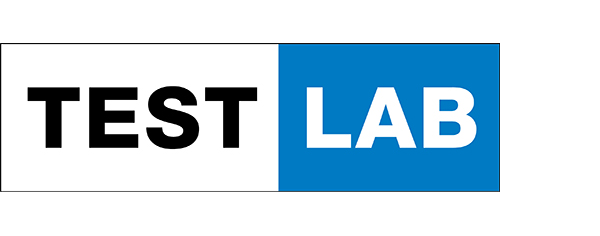VOICE AND DATA
In the Alpine Republic, the contest between the operators is always battled out on a very high level. This is once again true for this year – with all three candidates clearly improving.
Traditionally, the operators in Austria score at a very high level in our network test – in recent years, they have regularly achieved a significantly higher number of points than their German peers. Nonetheless, they had to admit defeat to the even stronger providers from Switzerland at a pronounced score distance. While we‘re already at hinting to the fact that the gaps in the top group somewhat shrank this year, we also would like to reveal that this development did not mean any disadvantages for Austrian customers.
Another cause for joy for Austrian mobile communications subscribers is already well known: Still, the mobile tariffs in Austria are distinctly lower than those in Germany. A constant annoyance however are the high roaming charges which all Austrian providers demand for mobile phone usage in the non-EU neighbouring country Switzerland. At least they seem to have invested a good part of the money gained this way into network upgrades. As otherwise the once more noteable improvements of all three Austrian operators over their results from the previous year would be hard to explain.
Voice connections
The measurement values clearly emphasize that all three operators in Austria have been supporting and continously expanded the fast and high-quality voice telephony via VoLTE (Voice over LTE) since 2018.Especially Magenta convinces with very short call setup times. Their average was well below one second – not only in the big cities, bus also in smaller towns and on the connecting roads.
The success rates are also on a good level – even on the connecting roads, they range distinctly above 99 percent at Magenta – and only slightly below this value in the networks of the two competitors A1 and Three. To criticize that in the Three network only 98.6 percent of all test phone call came through, would only be complaining on a very high level.
The values for voice quality gathered during our drivetests and walktests in larger Austrian cities and smaller Austrian towns as well as on the connecting roads are beyond any doubt anyway. And the MultiRAB connectivity which we examined for the first time this year, proves that in most of the cases simultaneous voice and data communication were also conveniently available.
Data connections
Convincing results can also be seen in the data measurements. With the recent rollout of 4CA in its LTE network (combination of four carrier frequencies), Magenta is one step ahead in this respect. A1 also offers 4CA in its network – but the firmware of the Samsung Galaxy S9 which we used for our measurements could not fully support the specific frequency combination employed by this operator. In larger cities and smaller towns, Magenta achieves average data throughputs above 100 Mbps, in ten percent of the cases even above 200 Mbps. The values achieved by A1 only range slightly behind, with Three also offering high data rates and reliable connections to its customers.
Only when it came to surveying uploads as part of the walktests, we still found some room for improvement in the Three network. In turn, this operator achieves a narrow lead in the category of accessing Youtube videos in smaller towns. But all in all, the results of all three Austrian operators in the data discipline leave very little to be desired.
Mobile communications on Austrian railways
The most difficult discipline of our benchmark are mobile phone calls and data communication while travelling on a train. Here again, the values determined by umlaut, fit the long-time overall picture: The three Austrian providers are ahead of their German counterparts but behind the Swiss operators. However, in comparison to last year, they still managed to improve their results.
This improvement is considerable in terms of voice telephony – at least for Magenta and A1. Both contenders were able to increase their success rates and voice quality. Three ranges on the same level as in the previous year in this discipline.
In the data measurements conducted in trains, Magenta achieves the best overall result. Here again, Magenta and A1 distinctly improved their performances over the previous year. Three also managed to improve by some percent. However, all in all, the tests performed on the railways show the most potential for the Austrian operators to improve. But once again the result emphasizes: In comparison to Germany, Austrian users can be very satisfied with the performance of mobile communications in their trains.









